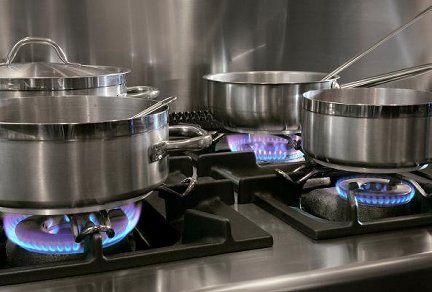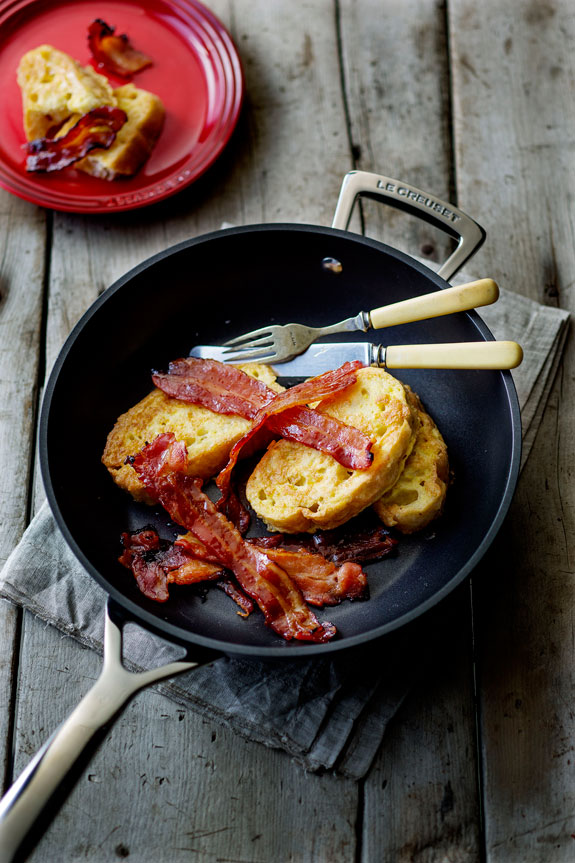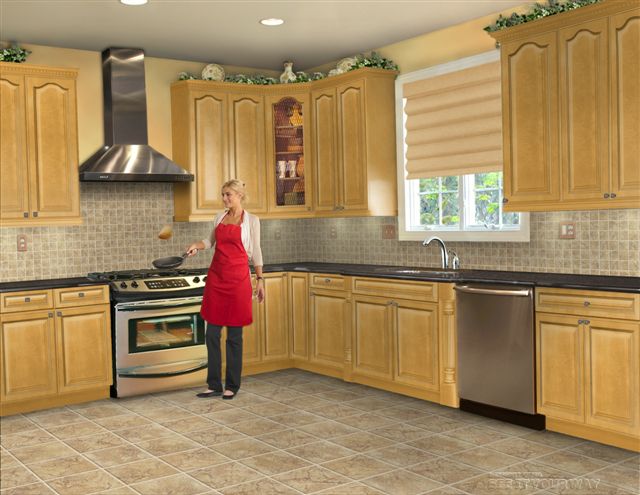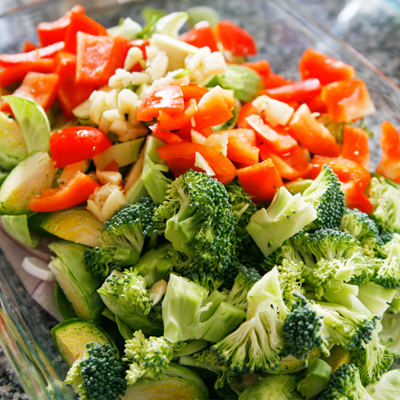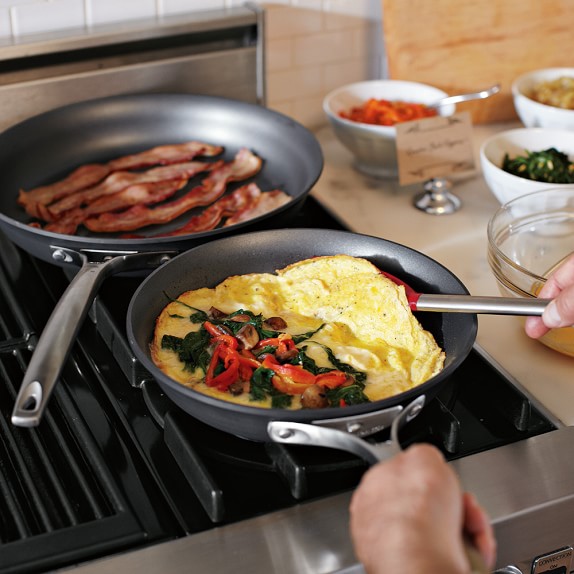
No matter what you’re planning on making, you’ll require some sort of basic cookware. Though prices range upwards of $3,000 – $5,000 for a premium set of pots and pans, there’s no need to empty your bank account in order to purchase quality cookware.
What do you look for when buying new cookware? Do you have a favorite type?
Consider a few factors to find the best set for you:
Pieces: What pieces do you need and use most often? You may not need the 4 different sizes of skillets and 3 saucepans that come in that pre-packaged set. You’re better off deciding the pieces you need ahead of time and buying them individually or finding a set that closely meets your needs.
The staples include:
- Medium –Large skillet
- Nonstick, medium skillet
- Large pot for boiling and blanching
- Saucepan for sauces and rices
Metals: The metal you choose to cook your food in can be key. It is the vehicle that delivers heat to your food and can make or break your culinary creation. Consider buying pieces of varying metals to achieve the best results, dependent on your dish.
It is recommended that beginning cooks or those on a budget stick to the following:
Aluminum: Aluminum cookware remains one of the cheapest, yet one of the best options available. It conducts heat very well and is lightweight. However, it can react with acidic or alkaline foods so it is often coated. Anodized aluminum cookware seals the cookware and prevents it from interacting with foods and leaching any hazardous substances into your food.
Stainless Steel: It’s no secret that stainless steel remains the favorite of cooks everywhere. Watch any cooking show on TV and you’ll find professionals using the silvery pots and pans. One of the most popular metals for cookware, Stainless Steel requires very little maintenance and is very durable. It’s even dishwasher safe, though you may need to polish it every once in a while to keep its shine. If you go this route, be sure to purchase encapsulated cookware. This means that there is a layer of copper or aluminum in the bottom of the pan to avoid hotspots and promote even heat distribution. The quality of construction will determine the price, and can range anywhere from $100 – $5,000 for a quality set.
If you’re cooking like a pro, or have a larger budget available to purchase your cookware, look into the following:
Copper: Copper is most often the most expensive but is incredibly efficient as it heats evenly and very quickly. It requires quite a bit of maintenance to keep in good condition and may react with some foods, changing the color and taste. It is also prone to scratches and dents. To avoid this problem, seek out copper pans that are lined with stainless steel. Be prepared to spend anywhere from $150 – $600 per pan.
Cast Iron: Cast iron cookware heats and cools very slowly, so it’s best for foods that need to be cooked over a low temperature for a longer period of time. Cast iron requires more maintenance than other cookware as you need to keep it seasoned and cannot wash it like your other pots and pans. However, with proper seasoning and care, cast iron will last upwards of 50+ years. (Full article here)
